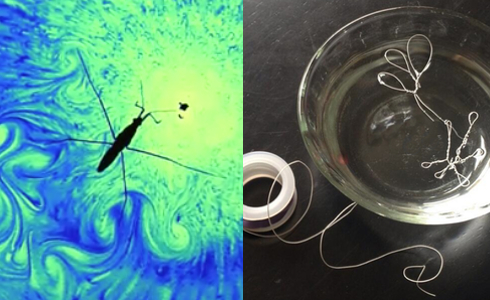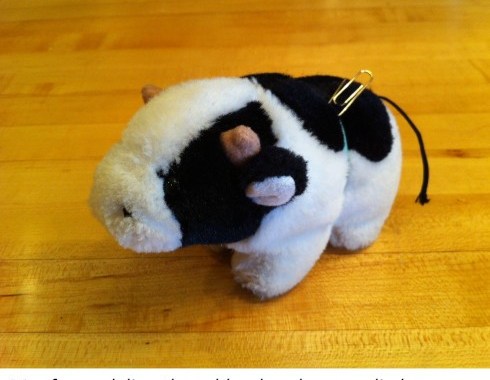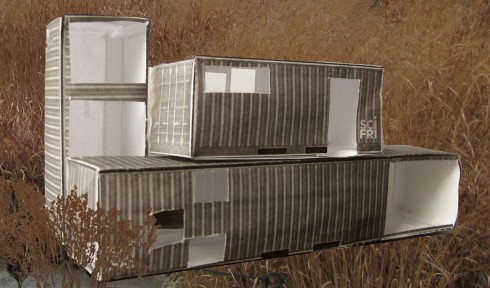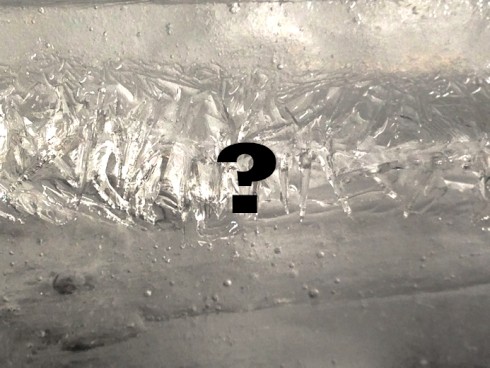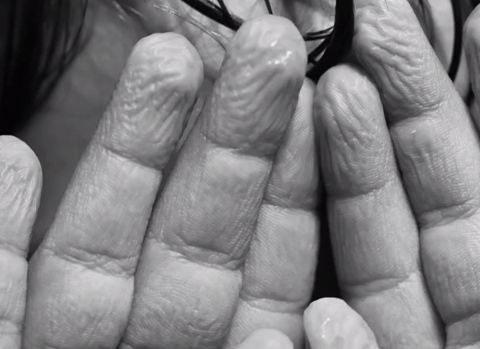Educate
Free STEM activities, lessons, and resources for all learners.
Make A Wire Critter That Can Walk On Water
Learn how insects have inspired engineers and design your own water-walking critter using thin wire and your knowledge of surface tension.
Design And Build A Zip Line Zoo
In this activity from Bedtime Math, you’ll build a stuffed-animal zip line and practice measuring time, distance, and angles.
Make a Model of a Home Made From Shipping Containers
Watch an interview with a couple who built a home from shipping containers. Then, design and construct a scale model of a unique shipping container home using printed templates, and estimate the cost of flooring and paint based on model dimensions.
Use Clues to Solve an Ice Mystery
Use the physical characteristics of ice to determine where and how several mystery samples could have been frozen.
Test the Finger Wrinkle Hypothesis
Perform an experiment to determine whether smooth or wrinkled fingers are better at holding wet objects. The experiment requires only a water bottle, paperclip, and plastic ruler.
Downloads: Video, student data sheet, illustrated instructions
See The World Through Color-Filtering Lenses
Explore color by creating color-filtering glasses using paper and tinted cellophane.
Microorganisms on the Move
In this activity, students will learn how to prepare deep well slides for observing two types of microorganisms called Paramecium (a group of protozoa, or single-celled organisms, which move with cilia, so they are called “ciliates”) and Euglena (microorganisms which move with flagella, so they are known as “flagellates”).
Cool Craniums
In this activity, students will observe three “mystery” mammal skulls and compare and contrast the features of each skull. Students will learn the anatomical terms for skull features such as orbits, nasal passages, and foramen magnum. Students will learn how these features relate to physical characteristics or behaviors of each animal. Students will use their observations and recordings to attempt to identify each skull, and will discuss how these physical characteristics helped the animal survive in its environment.
Keeping a Betta
In this activity, students will research general information about bettas and use that information to determine suitable habitat requirements and maintenance. Students will work collaboratively to perform weekly maintenance duties to keep their betta alive. Students also will observe physical characteristics of their betta and conduct investigations on the behavioral characteristics of their betta.
Mineral Madness
Geologists are greatly interested in minerals because they can reveal an enormous amount about the history of the geologic environment in which they are found. Geologists can classify and identify minerals by observing various properties such as streak, hardness, luster and, in some cases, fluorescence. In this activity, students will examine 10 mineral specimens and explore the different properties that minerals exhibit.
